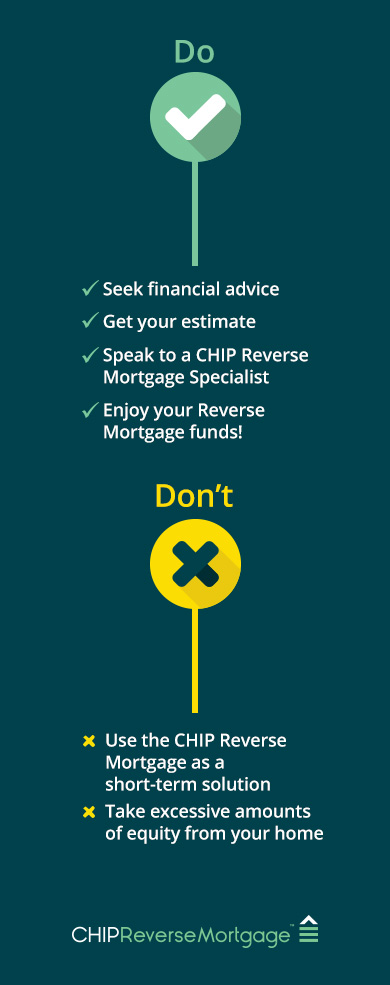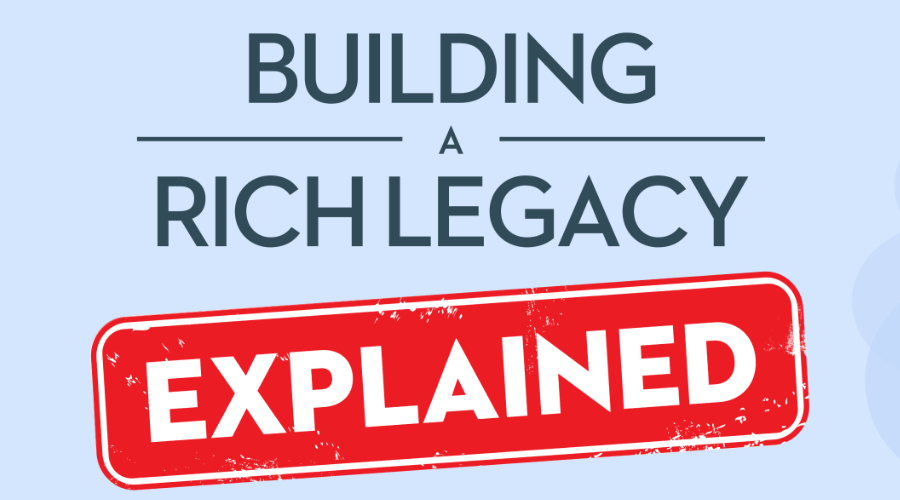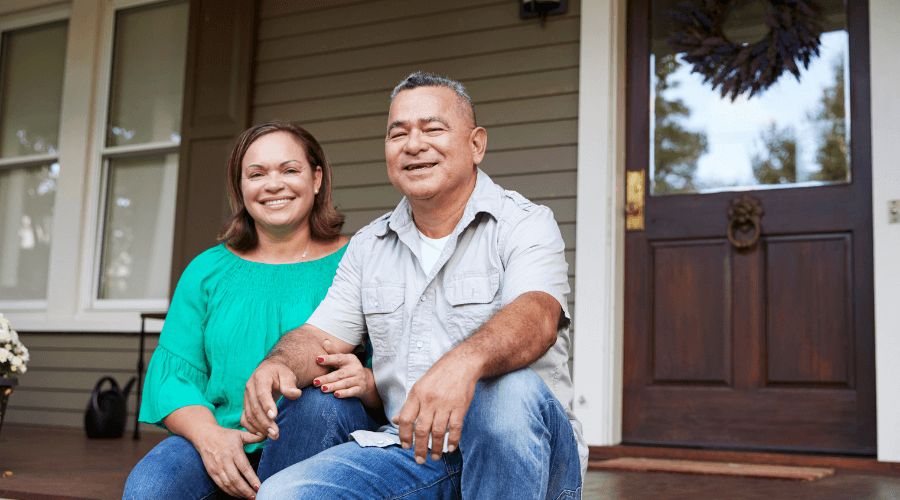Reverse mortgages are a financial product that allows Canadian seniors to access a portion of their home’s equity to bolster their retirement savings. Although the practice has been available to Canadian homeowners for more than 25 years, many people still have concerns about the process and are unsure if this option is right for them. This article will address some of the most common concerns and provide helpful information to aid in the decision-making process and qualification.
The Reverse Mortgage in Canada Defined
Before being able to understand if a reverse mortgage is the best decision for your situation, it is important to understand exactly what is a reverse mortgage and the details of the product that is being offered. At the most basic level, reverse mortgages in Canada are specialized loans against the value of your home, issued by HomEquity Bank as a “CHIP Reverse Mortgage.” Designed as a means of providing access to the equity that has built up in your home, it is considered “reverse” because you do not make payments on the loan; the loan provides payment to you. No payments are due as long as you own your home. More details will be included in the following segments so you will understand exactly what this means for you and your retirement.
Reverse Mortgage Qualifiers
One of the most common questions reverse mortgage experts are asked by clients is how can they qualify for a loan.
Criteria for qualification include:
- Candidate must be 55 years of age or older
- The type of property being considered
- Location of the property
- The home’s market value
Conditions of obtaining this form of loan are also straightforward and quite simple. To ensure that you never owe more than your home’s value, only up to 55% of the value of the home is eligible for the loan. Lastly, no payments are required on the loan as long as you live there, maintain the property, keep property taxes up to date and maintain insurance.
Reverse Mortgage in Canada – Dos

Since this product was created by HomEquity Bank specifically to help Canadian seniors, the process to secure a reverse mortgage is streamlined to quickly and easily provide access to the funds. A reverse mortgage loan can best serve its purpose if you consider certain guidelines before securing a loan and while utilizing the proceeds:
- 1. Talk to family members, friends or a trusted advisor about your plans to acquire a reverse mortgage. The reason this is a recommended step is two-fold. First, they can help you feel more confident that this is an excellent solution for most Canadian seniors looking to increase their retirement income, and second, they may be willing to help you through the process.
-
- 2. Input accurate data and
use the reverse mortgage calculator
- to estimate the reverse mortgage you are eligible for.
-
- 3. Alternately, get your
free reverse mortgage estimate
- that will let you see the amount you will qualify for so you can decide if this solution is the right one for your situation.
- 4. If you have decided to go ahead with the application, or if you have any concerns or questions, call or contact HomeEquity Bank’s CHIP Reverse Mortgage specialists. They will help you with any additional information you require and get you on your way to receiving your loan.
- 5. Any lien or financial obligations tied to the home must be satisfied with the proceeds of your loan.
- 6. Ensure all property taxes and home insurance payments are routinely paid.
- 7. Maintain the home in a good condition. If necessary, utilize funds from the reverse mortgage for regular maintenance jobs.
- 8. Retain a part of the loan to cover for unexpected expenses and emergencies.
Reverse Mortgage – Don’ts
Although there are many benefits to having access to the equity in your home, there are some instances where it may not be beneficial. Points you should consider before taking a reverse mortgage:
-
-
- 1. Don’t take a reverse mortgage if you are looking for a short terms solution (less than a year or two)
- 2. If you are planning to move from your home, taking a reverse mortgage may not be the best option.
- 3. Avoid taking out excessive equity from your home. This will ensure that you preserve as much of the equity remaining in the home as possible.
-
Still not sure if a Reverse Mortgage is right for you? Click the link to learn more:
Ways to Receive Reverse Mortgage Proceeds
Living comfortably in your retirement years is something you have worked towards throughout your career. Despite planning carefully and saving as much as possible, Canadians often find themselves having to budget carefully in retirement due to the rapidly-rising cost of living. The dreams of a worry-free, relaxed lifestyle with travel and other plans may no longer seem possible. Capitalizing on a reverse mortgage can change all that.
Perhaps the greatest benefit that can be shared with you about Reverse Mortgages in Canada is that you have options in how you access your money. These options have been designed especially for Canadian seniors, by a Canadian Schedule 1 Bank, so they fit your lifestyle needs and wants. Depending on your goals, you can choose from the following three options:
Lump Sum Payment
The first option is to receive the proceeds of your loan as a one-time lump sum payment. While this option might not benefit everyone, you may have things you wish to accomplish that require a large cash influx. Some ideas might include:
-
-
- Early retirement
- A major purchase, such as an RV
- A dream vacation
- Renovations to your home
- Aiding your family
- Paying off debt
-
Payments Over Time
Rather than receiving one large sum of cash, you can opt to receive payments in future installments. This method acts a supplement to your current retirement income and can ensure worry-free living. Some instances that suit this option best include:
-
-
- When retirement savings are not ample enough to comfortably cover living expenses
- Increased monthly income can allow for extra pursuits for such as new hobbies or activities
- You are not comfortable with your spending habits and want your money to last the duration of your retirement
-

A Combination
In some cases, the best choice is to receive a lump sum amount for specific purposes and stretch the remainder over time in future installments.
To see what other Canadian senior retirees think about their experience with a CHIP Reverse Mortgage, visit the reverse mortgage reviews page of the website. Their varied experiences can help you see how others are enjoying the benefit of accessing their home’s equity; and chart your set of Dos and Don’ts for your reverse mortgage.
To find out how much tax-free cash you could qualify for with a reverse mortgage, call us now at 1-866-522-2447 or get your free reverse mortgage estimate now.

































